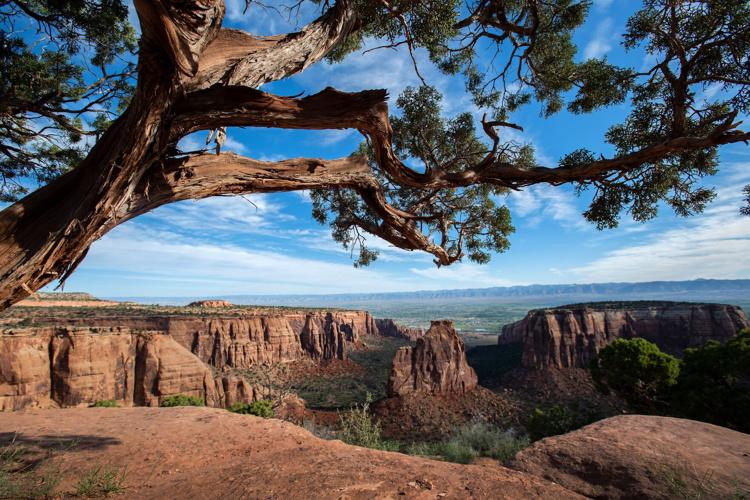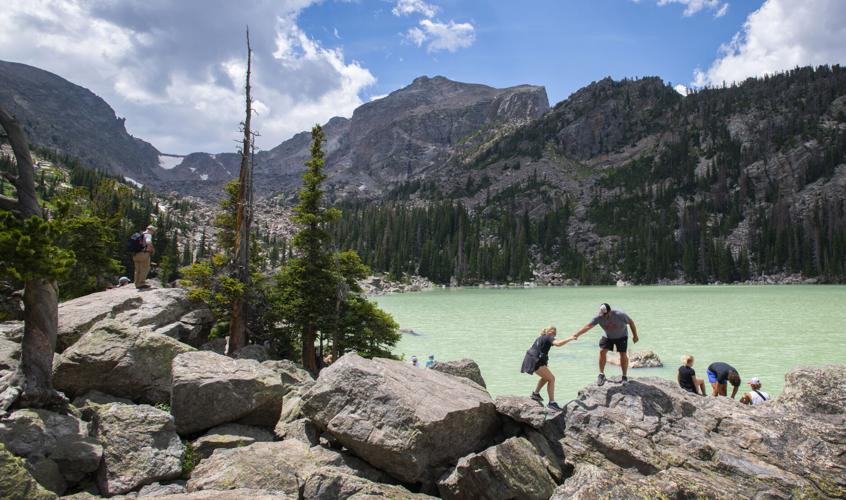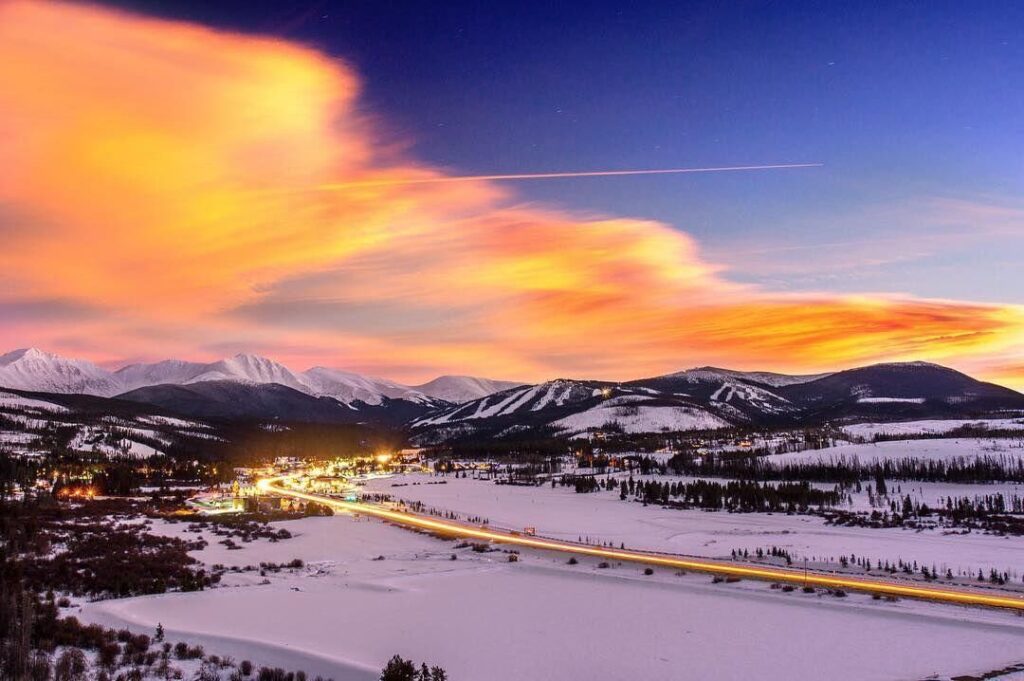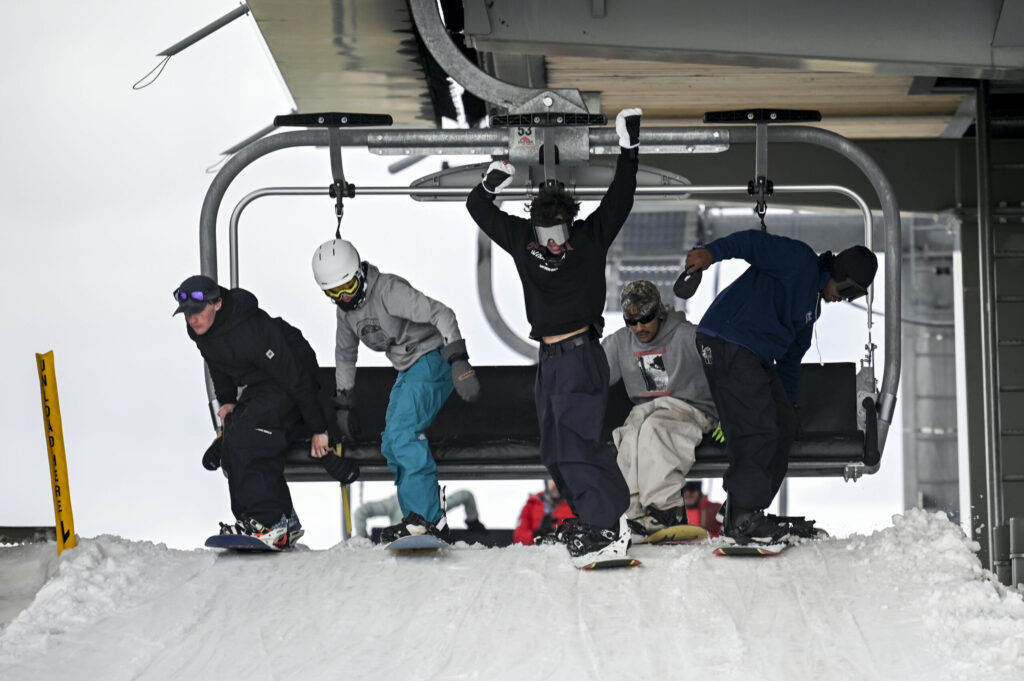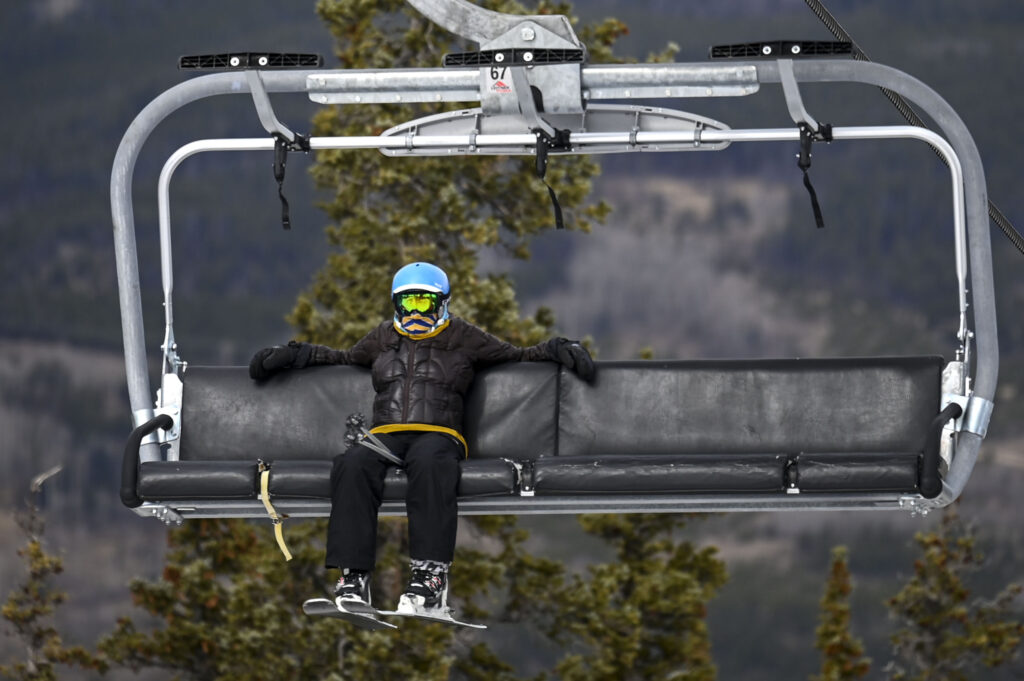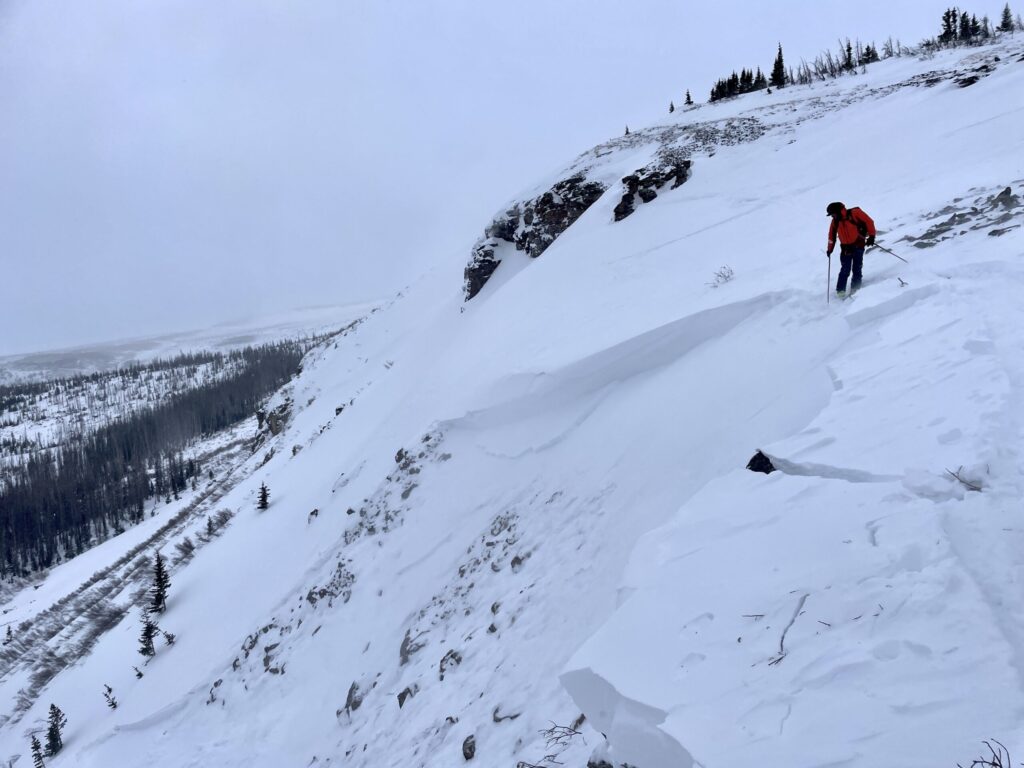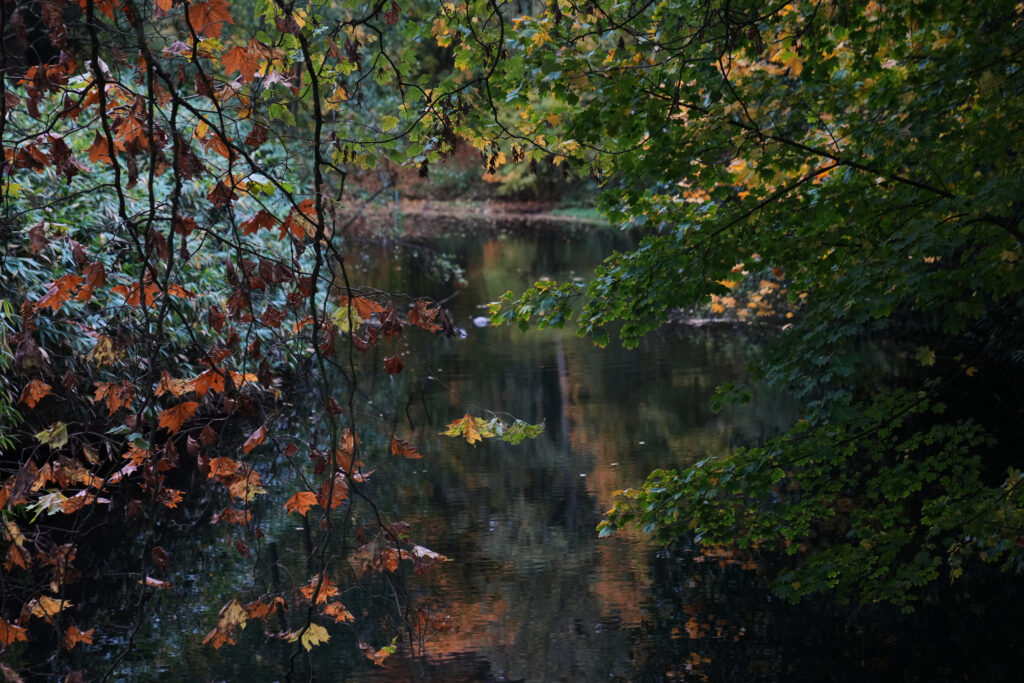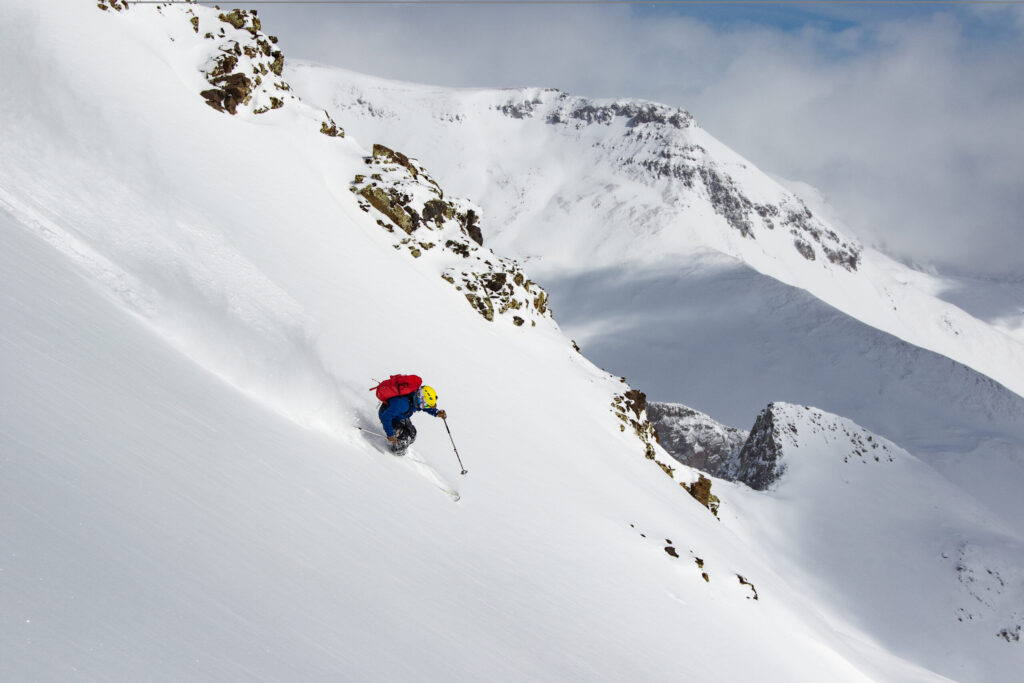The presidents behind Colorado’s national parks and monuments: A timeline
Several presidents have their names attached to some of Colorado’s greatest natural treasures. After all, it takes a president’s pen to create national parks and monuments.
This Presidents Day, we’re reflecting on the history of these designations. However distant these scenic wonders on the opposite side of the country, they are forever linked to momentous days in the Oval Office.

Tourist explore the Step House cliff dwellings in Mesa Verde National Park Sunday, July 18, 2021. (The Gazette, Christian Murdock)
June 29, 1906: Congress provides a long-awaited bill for Theodore Roosevelt to sign and create Mesa Verde National Park.
The bill was to “preserve the works of man” — cliff dwellings of the Anasazi people who settled in the canyons of southwest Colorado. In one of many letters pleading for federal protection of the dwellings, explorer Benjamin Wetherill in 1890 wrote of his fear that “tourists will destroy them.” This same year saw the passage of the Antiquities Act, which empowered presidents to protect special sites by proclamation.
May 24, 1911: William Howard Taft uses the Antiquities Act to create Colorado National Monument.
The proclamation noted “extraordinary examples of weathering and erosion” in western Colorado — red rock canyons, pinnacles and arches sculpted by deep time. The national monument sits on the Colorado Plateau that is also home to the Grand Canyon and several Utah national parks. Colorado National Monument’s early champion, John Otto, knew this land as “the heart of the world.”
Jan. 26, 1915: Woodrow Wilson signs the Rocky Mountain National Park Act.
America’s 10th national park was a dream come true for Enos Mills. His was the loudest voice among conservationists worried about mining, logging and the privatization of lands beyond Estes Park. A local guide and lodge owner, Mills in 1909 expressed hope that “in years to come when I am asleep beneath the pines, thousands of families will find rest and hope in this park.”

Visitors enter the Quarry Exhibit Hall at Dinosaur National Monument in Jensen, Utah, to see the hundreds of dinosaur bones in the rocks where they were found. (The Gazette, Christian Murdock)
Oct. 4, 1915: Wilson establishes Dinosaur National Monument beyond the rugged wilds of northwest Colorado.
This first order of protection went for the 80 acres around Carnegie Quarry in Jensen, Utah. Uncovered by paleontologist Earl Douglass, dispatched by Pittsburgh’s Carnegie Museum of Natural History, this vast display of dinosaur fossils remains the national monument’s primary draw. In 1938, Franklin D. Roosevelt added 200,000 acres encompassing the canyonlands cut by the Green and Yampa rivers.

A pair of hikers climb the dune field at Great Sand Dunes National Park in Mosca, Colo., on a windy afternoon Wednesday, April 7, 2021. The park features the tallest dunes in North America with Star Dune, at 755 feet, being the tallest in the park. (The Gazette, Christian Murdock)
March 17, 1932: Herbert Hoover proclaims Great Sand Dunes National Monument.
We know it today as Great Sand Dunes National Park and Preserve. The name change followed a series of land acquisitions and moves by administrations over the decades. Notably, in 1976, the home to North America’s tallest dunes became designated wilderness. The national park and preserve designation came in 2004. It’s all thanks to a group of women who spearheaded preservation efforts in the 1920s.

The Gunnison River flows through the Black Canyon of Gunnison Wednesday, Dec. 5, 2018. The average depth of the canyon, seen from the South Rim, is 2,000 feet and a permit is needed for activities inside the canyon including climbing, hiking and kayaking. (The Gazette, Christian Murdock)
March 2, 1933: Hoover declares Black Canyon of the Gunnison National Monument.
The commander-in-chief — also known as the “angler-in-chief” — heard the call of conservationists seeking the honor for the remote, vertical landscape in southwest Colorado. “It is so deep, so sheer and so narrow that very little sunlight can penetrate it,” read early surveys. That explains “Black” in the name. As for today’s national park name, that came through an act of Congress in 1999, expanding protections.

The “Big Stump” is the largest petrified redwood stump found in the Florissant Fossil Beds. It measures 12 feet tall, 38 feet around and is all that remains of a tree that may have been over 230 feet tall and 750 years old when a mudflow buried its base. Mark Reis photo
Aug. 20, 1969: Richard Nixon signs a bill forming Florissant Fossil Beds National Monument.
The act followed a long, dramatic series of events chronicled in “Saved in Time,” co-authored by Estella B. Leopold. The Teller County woman led the charge in protecting the massive, ancient redwood stumps from destruction. One was bought by Walt Disney, while others sat in the crosshairs of development. A lawyer’s case arguing the public had a right to the private property is considered a landmark.
June 9, 2000: Bill Clinton designates Canyons of the Ancients National Monument.
Following Mesa Verde in 1906, more steps were taken to preserve the region’s stunning archaeology: Yucca House National Monument was named in 1919, ahead of Hovenweep National Monument in 1923. The new century brought a much bigger step. Sprawling 176,000 acres, Canyons of the Ancients is considered the nation’s highest concentration of cultural sites — a mosaic spotted with thousands of cliff dwellings, kivas and petroglyphs.

A chain American Adventures Expeditions rafts tackle Browns Canyon on the Arkansas River Tuesday June 13, 2017 in Buena Vista, Colorado. The half day day trip is 13 miles long and has parties going parts of the river that are rated as class III rapids. They include famous rapids such as Zoom Flume, Big Drop, and the Toilet Bowl. Photo by Dougal Brownlie, The Gazette.
Feb. 19, 2015: Barack Obama proclaims Browns Canyon National Monument.
The proclamation recognizes “the rugged granite cliffs, colorful rock outcroppings and stunning mountain vistas” of these 21,500-plus acres carved by the Arkansas River in Chaffee County. Also noted is “world-class river rafting.” Recently, Browns Canyon was named the state’s 12th International Dark Sky Park for its stargazing opportunities.
Oct. 12, 2022: Joe Biden establishes Camp Hale-Continental Divide National Monument.
Colorado’s newest national monument honors the 10th Mountain Division, those World War II-era soldiers who trained for high-elevation combat at Camp Hale near Leadville. From war-turning battle in Europe, men returned to shape the state’s ski industry as we know it. The monument’s 53,804 acres also aim to tell the story of Indigenous people and wildlife native to the Tenmile Range.






